Interactive Phototherapy
Interactive Phototherapy: Integrating Photomedicine into
Interactive Architecture
Phillip Hampton Ewing, Jr.
Submitted to the Department of Architecture on March 31, 2015 in Partial Fulfllment of the Requirements for the Degree of Master of Science in Architecture Studies
Massachusetts Institute of Technology

This thesis by Phillip Hampton Ewing, Jr., proposes both a physical platform and analytical model for implementing phototherapy in the context of architectural space and dynamic user behavior. By doing so, a number of problems across the fields of (I) healthcare innovation, (2) self-tracking or the “quantified self,” and (3) interactive architecture would be solved.
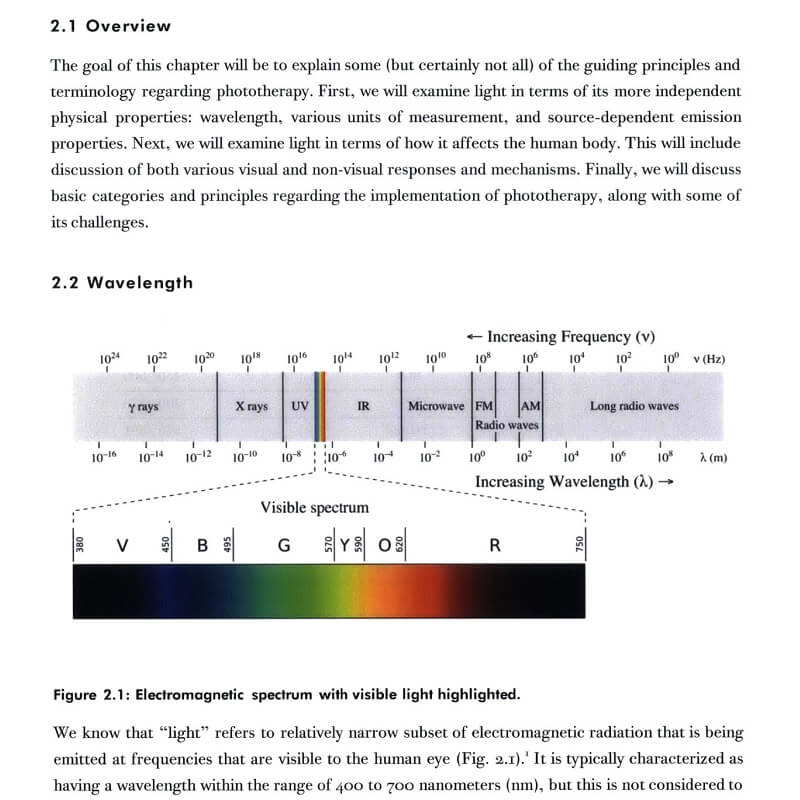 First, if healthcare systems are to gain greater insight into a number of conditions that are difficult to diagnose or treat, then passive monitoring and treatment methods must be expanded and improved. Second, if self-tracking devices are to become more accurate in monitoring and informing user health, then more contextual information about user positions and activities with reference to space are needed.
First, if healthcare systems are to gain greater insight into a number of conditions that are difficult to diagnose or treat, then passive monitoring and treatment methods must be expanded and improved. Second, if self-tracking devices are to become more accurate in monitoring and informing user health, then more contextual information about user positions and activities with reference to space are needed.
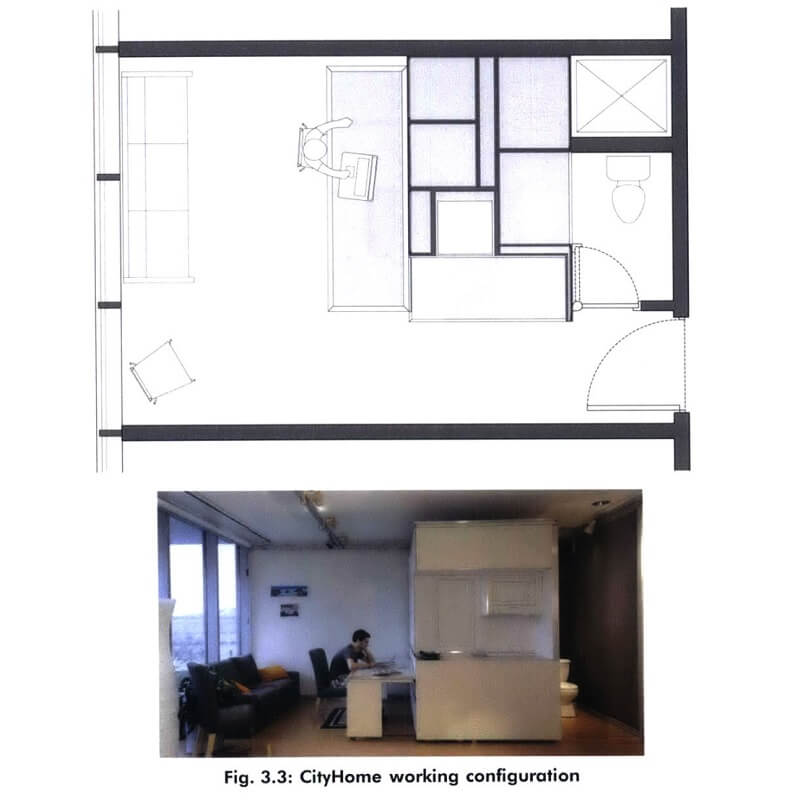 Third, if interactive architectural systems are to have continuing relevance, then truly novel applications for augmenting the function of spaces must be explored. The development of a so-called “interactive phototherapy” would provide solutions by (i) increasing patient compliance to phototherapy regimens compared to more conventional methods, (2) improving the accuracy of monitoring information relevant to user health, and (3) expanding the functionality of architectural spaces to novel applications.
Third, if interactive architectural systems are to have continuing relevance, then truly novel applications for augmenting the function of spaces must be explored. The development of a so-called “interactive phototherapy” would provide solutions by (i) increasing patient compliance to phototherapy regimens compared to more conventional methods, (2) improving the accuracy of monitoring information relevant to user health, and (3) expanding the functionality of architectural spaces to novel applications.
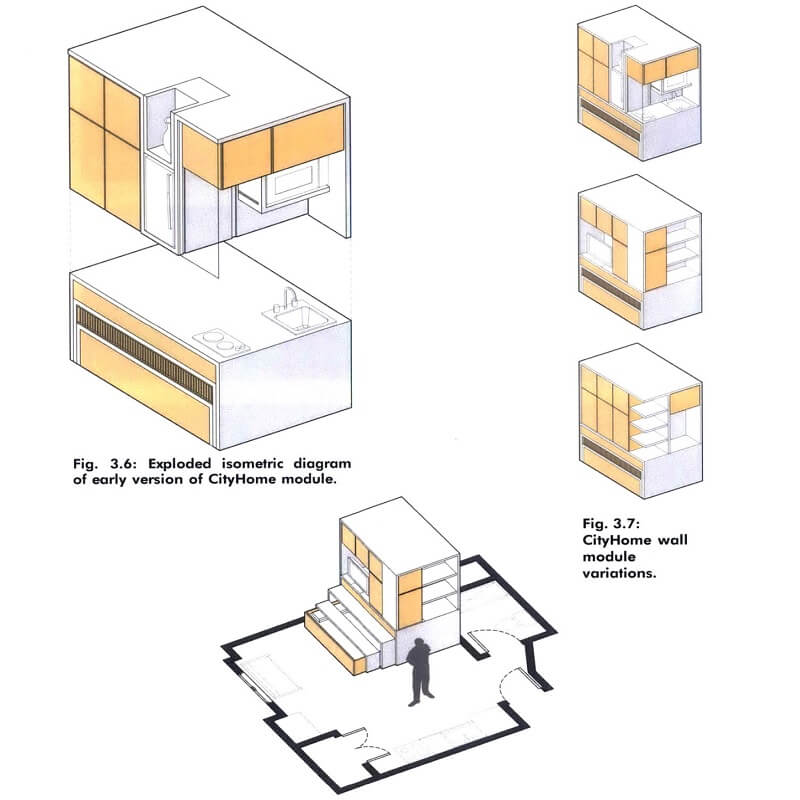 Interactive phototherapy – a user interaction-oriented approach to phototherapy – is developed in three parts. First, author developed the CityHome, a project of the Changing Places group in the MIT Media Laboratory, as a physical platform capable of meeting technical prerequisites for the implementation of interactive phototherapy.
Interactive phototherapy – a user interaction-oriented approach to phototherapy – is developed in three parts. First, author developed the CityHome, a project of the Changing Places group in the MIT Media Laboratory, as a physical platform capable of meeting technical prerequisites for the implementation of interactive phototherapy.
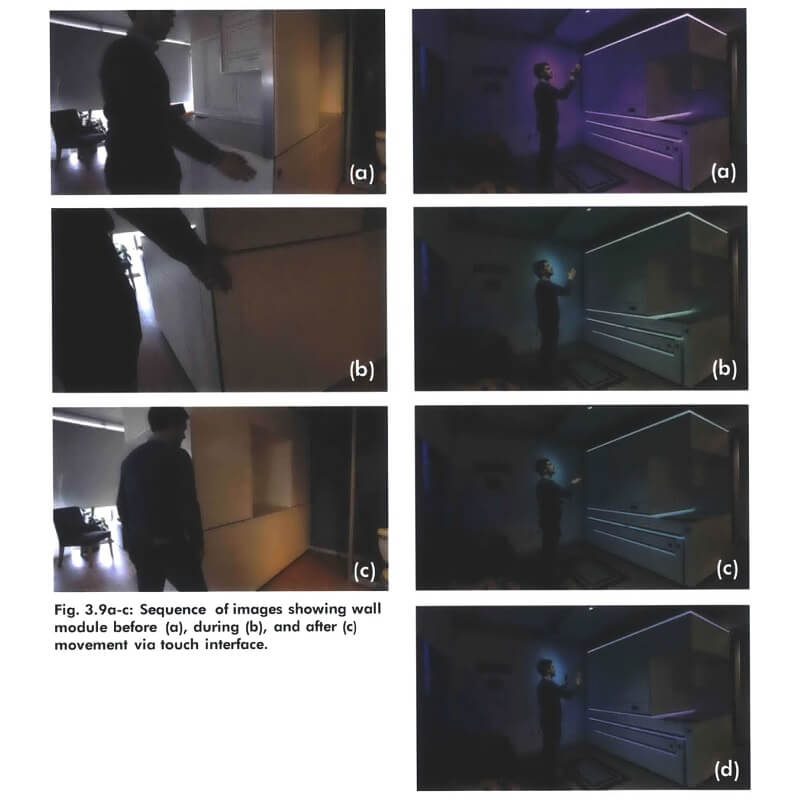 Second, he explained a methodology for analyzing interactive phototherapy that is accessible to architectural designers and related practitioners. Third, he applied this methodology to evaluating hypothetical user interaction scenarios that may occur in the CityHome.
Second, he explained a methodology for analyzing interactive phototherapy that is accessible to architectural designers and related practitioners. Third, he applied this methodology to evaluating hypothetical user interaction scenarios that may occur in the CityHome.
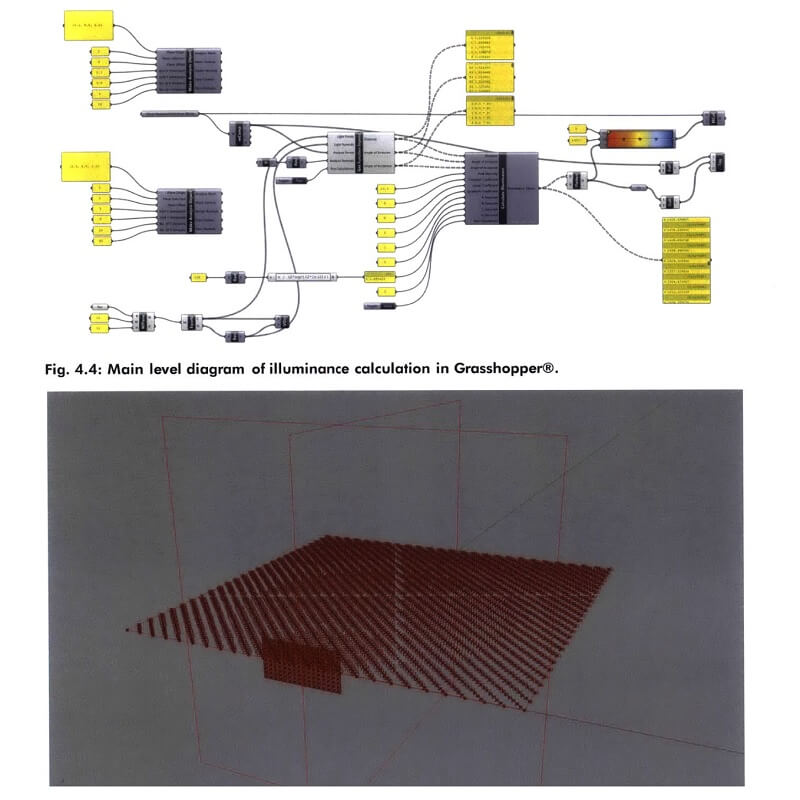
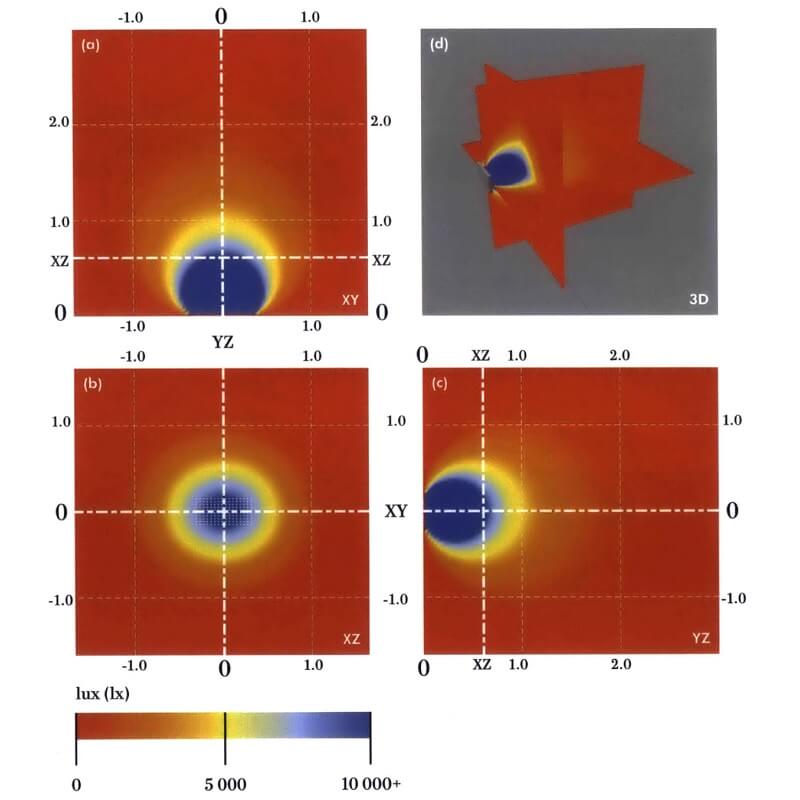
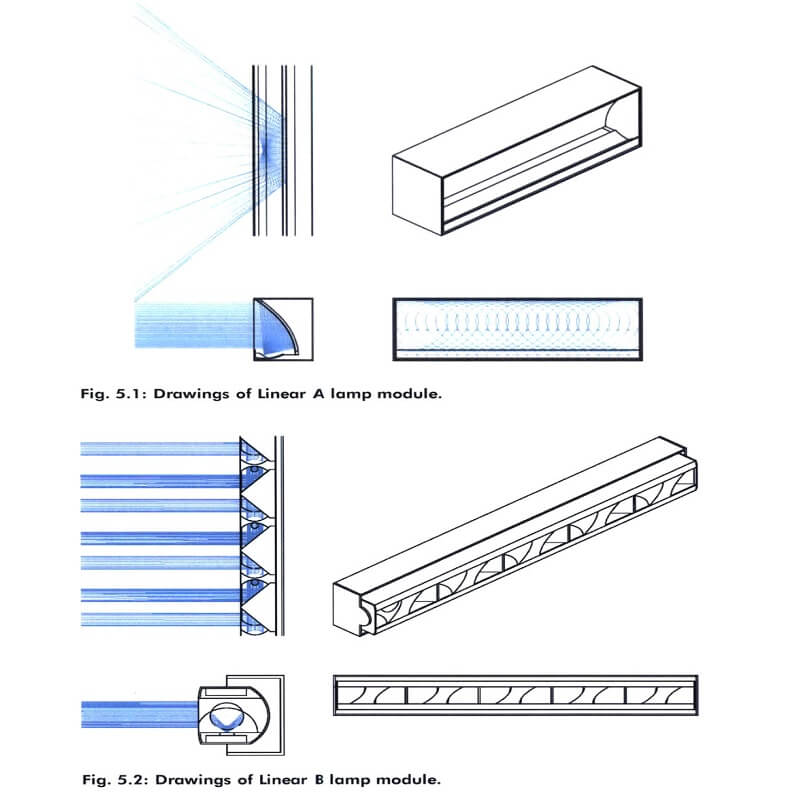
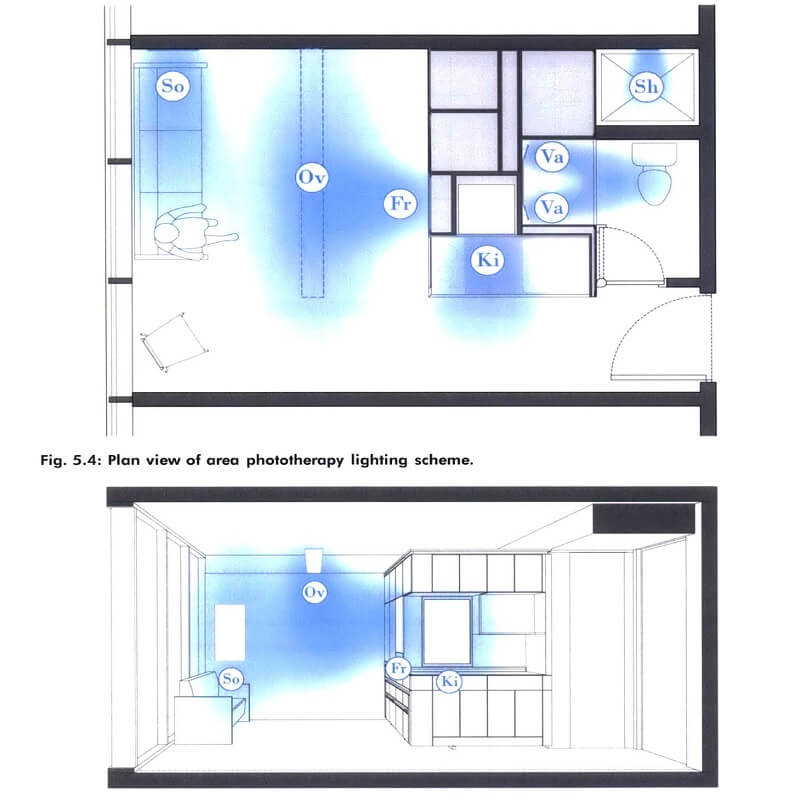
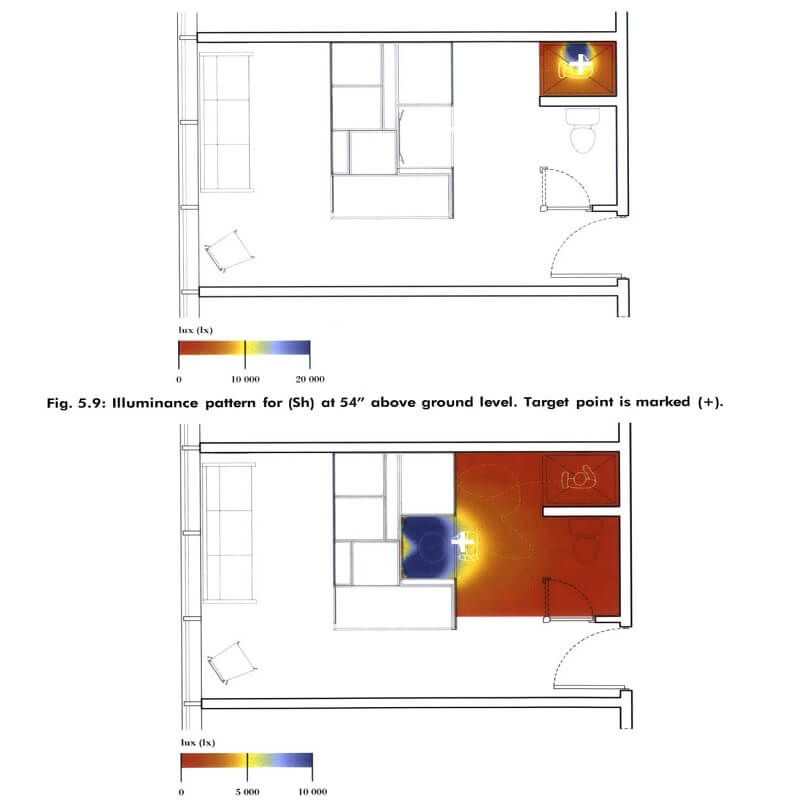




























Comments